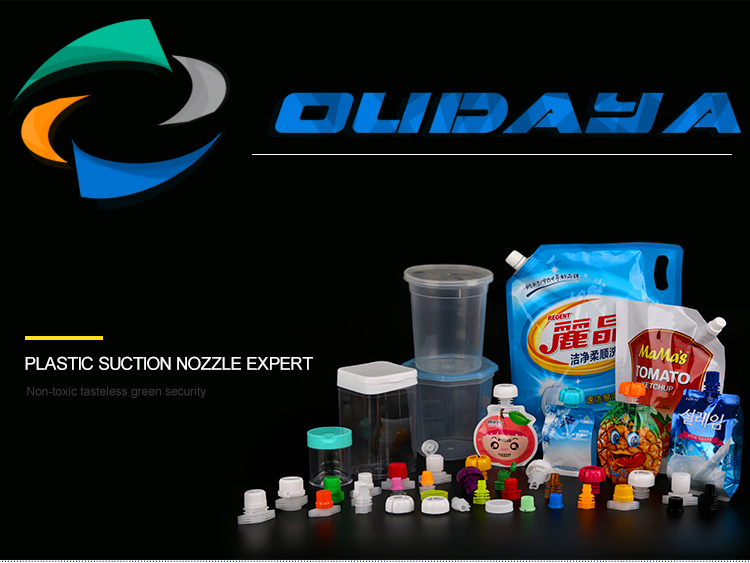Prediction technology of molten steel temperature in LF furnace refining process Wu Yongjun, Jiang Zhouhua, Jiang Maofa (School of Materials and Metallurgy, Northeastern University, Shenyang 110004, China) Analysis and calculation, using the law of heat balance, deduced and established the model of molten steel heating rate. The heat transfer mechanism of the ladle wall (including the side wall and the bottom of the package) is described by the one-dimensional unsteady heat conduction differential equation and its initial conditions and the third type of boundary conditions under cylindrical coordinates and rectangular coordinates, respectively. The differential method solves. Compiled into a computer program to simulate the actual process. The error between the simulation result and the actual value is within ±5 °C.
With the application of computer and automatic control technology in the steel industry, in the short-flow production process of refining, continuous casting and rolling, the LF furnace has become increasingly prominent in the continuous casting buffer. Therefore, the temperature control during the LF furnace refining process becomes a key factor in whether the entire short process is antegrade. At present, the artificial control of temperature in the LF furnace refining process of China's steel enterprises has not adapted to the fast pace of modern production and the precise control of product quality. Develop and realize the prediction of molten steel temperature in the LF furnace refining process. It is the establishment and solution of the energy balance model based on energy balance in the metallurgical industry. The value of the electric energy of the 11 input system is ~1; /, x is the resistance including the transformer and the short net. Inductive reactance, n, its value can be obtained by short-circuit test; Ui, is the phase voltage, V and current A. 12 system heat loss 1 through the furnace lining heat before calculating the lining heat dissipation, first calculate the lining instantaneous Temperature Distribution.
Lining side wall: one-dimensional unsteady guiding boundary condition under cylindrical coordinates is r=n, T——the initial condition (=0°) is 2 bottom: one-dimensional unsteady heat conduction for infinite large plate, thermal differential The equation is that the boundary condition is Z=0T=the initial condition (=0°) is the above, a is the temperature coefficient, m2/s; Tst, Tis, Ta, fund item: the national “Ninth Five-Year Plan†key scientific and technological projects (95 ~524-02-02)Ts,() are the molten steel, ladle outer wall, atmospheric temperature and the temperature of the molten steel and the outer wall temperature of the ladle when the ladle reaches the LF refining station (ie r=0), IK, inflow is convective heat transfer The coefficient and thermal conductivity are the inner diameter, the outer diameter and the thickness of the bottom of the ladle, m; t is the time, s. Deriving the initial temperature of the cladding Tis. From the thermal equilibrium relationship, the temperature drop of the molten steel is equal to the temperature during the tapping of the electric furnace until the ladle reaches the LF station. The sum of the radiant heat loss and the ladle lining heat storage is there. Cst(TtaP*TsU)=Set ATin to 2 is the tapping temperature of the electric furnace, the lining temperature when the steel is tapped and the ladle is in place, IKQrs is the radiant heat loss of the molten steel during the tapping and transportation process, W. The difference between the molten steel temperature and the lining temperature during tapping is proportional to a series of processes, and finally balanced with the bath temperature. Therefore, the thermal effect SHi of the alloying process consists of three parts and the temperature of the molten pool at the time of melting, K; cs, i, cu is the solid phase of the alloy, the heat capacity of the liquid, l / (kg ° IO; Wi is the amount of alloy added, kg; Hf, i is the latent heat of melting of the alloy, 10/kg. The alloying element is melted in the heat of melting of the molten steel, and the oxidative heat of the alloying element is represented by HSi, which is represented by Hra, i. 2) The thermal effect of adding the slag to represent 1 Above, At is the time step, s 2) longitudinal (bottom) 1 grid spacing Az, number of nodes: 0 (initial temperature distribution) stability condition At < 3) heat loss through the lining is two node temperature .
The calculation ends when the molten steel temperature and composition meet the tapping requirements.
2 Model verification and application 0 programming language, the above-mentioned refining process temperature prediction model is compiled into a computer program, and the program is used to simulate the LF furnace refining process of Fushun Steel Plant No. 4 Refining Plant. Enter the relevant process, equipment and physical properties in the production (this is omitted). The results show that the predicted value of the molten steel temperature in the refining process is in good agreement with the measured value. In the 173 temperature data of 50 furnace tests conducted randomly, the error between the predicted temperature and the measured temperature is within ±5 *C. Therefore, the refining process molten steel temperature prediction model can be fully applied to the online control program of molten steel temperature in the LF refining process.
3 Conclusion The LF steel water temperature prediction model is mainly applied to the rapid and accurate prediction of molten steel temperature in the LF refining process. It is a process optimization model that constitutes the LF refining process with the molten steel component fine-tuning model, the argon stirring model and the desulfurization model. An important foundation for process computer control.

Plastic Spout,Plastic Spout and Cap,Plastic Spout for Pouch,Single Gap Spout
Shantou Oudaya Packaging Co. Ltd. , https://www.imloudaya.com